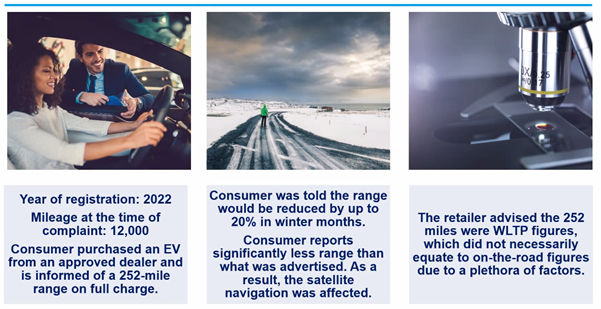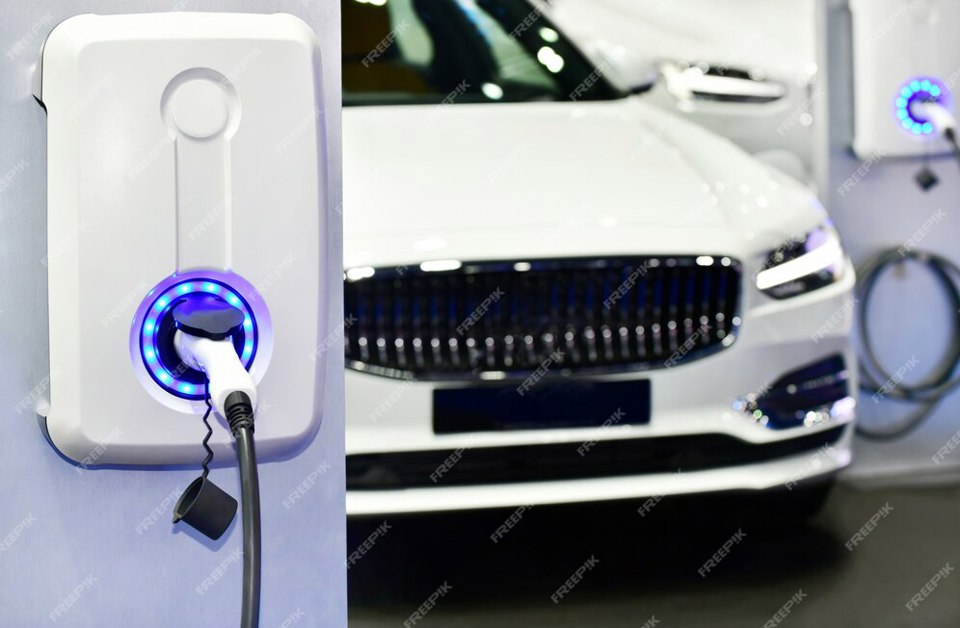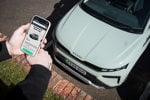Car dealers should protect themselves against wrangling over the real-life - as opposed to advertised - range of electric vehicles (EV) by getting buyers to accept that there is likely to be a disparity.
During a September 27 webinar on EV disputes, the Motor Ombudsman (MO), an industry watchdog which resolves customer complaints, explained that it received far more complaints about EVs during the colder months with car buyers complaining of an average 40% drop in range.
It cited how it dealt with one complaint involving a 2022-registered vehicle that had travelled around 12,000 miles.
“As part of the sales process the customer was told that the vehicle would achieve around 252 miles range on a full charge. He was also told that this would be reduced by about 20% in the winter months. However, when he had been using the vehicle, he found that the range was significantly less than what was advertised,” explained ombudsman Alex Barnes.
He said the customer had been advised that the range calculation was based on the Worldwide harmonized Light vehicles Test Procedure (WLTP) which is a global standard for determining the range of a car travelling at an average speed of 28.8 miles per hour in summer. This, he said, did not necessarily equate to the real on-road performance throughout the year.
The MO was asked to determine whether the car buyer had been misled over the vehicle’s range.
“When discussing range, there are two issues,” said the ombudsman. “Firstly, is there actually an issue with the vehicle that's causing it to achieve lower range, a battery issue, excess power consumption, something like that?
“Simply because a vehicle doesn't achieve the same WLTP figures, doesn't mean it's necessarily unsatisfactory quality,” he said, adding that on inspection, there had been no technical evidence to suggest a fault.
“Moving on to whether the vehicle was missold,“ he said, “quoting the figures is not inherently misleading in itself. However, I would expect a salesperson to refer to the WLTP and explain what it means, how it functions and how it might not necessarily achieve the figures quoted.”
He said there were numerous issues which can which can affect the actual range such as how the car is driven, weather and road conditions and noted that the WLTP’s chief function is to allow car buyers to compare vehicles against each other.
After visiting the retailer's website which carried explanations about the WLTP, Barnes said he was convinced that explanations had been offered. “The retailer was clearly clued in on what they what they were advertising, so I found that, on balance, they probably had advised about WLTP and how it worked and therefore I was satisfied the consumer wasn't misled.”
He recommended that car retailers show evidence that they had explained WLTP range indicators adequately by getting buyers to sign a check form to say they understood that real-life performance may vary. “It's then very clear that this conversation has been had.”
Chief ombudsman Bill Furnell agreed saying retailers need to have an ‘upfront’ conversation with the car buyer, because for many it may be the first time they had bought an EV.
“I would assume most of them would have done their homework, that they would have looked into the pros and cons of an EV. Certainly, one of the cons is that range reduces during the cold weather, but I think as a dealer or manager, you need to point that out.”
He added that new EV drivers can still think they are driving an ICE vehicle. “So, in cold weather, the first thing you do is say, well I brought a heated steering wheel so I’ll turned it on, I bought heated seats, I’ll turn them on… I'm going to have my stereo on. These are all things that will help drain the battery so consumers need to be aware of that as well.”
He pointed out that unless the car buyer can show that they were told that the range would not deteriorate in cold weather, the watchdog was going to find that the car wasn't missold - every time.
Furnell said he suspected that as more people start driving EVs, the nature of complaints would change and that range may not be such a significant issue.
He explained that the total UK car parc currently stands at 35 million vehicles and that EVs currently make up just over 652,000. “We get one complaint for around every 1,000 EVs, one case for every 2,500 ICE cars, mostly due to the size of the ICE parc. Over the next two years that will likely reduce as EVs should be simpler certainly from a mechanical perspective, although may be not from an electronic perspective.”


















Login to comment
Comments
No comments have been made yet.